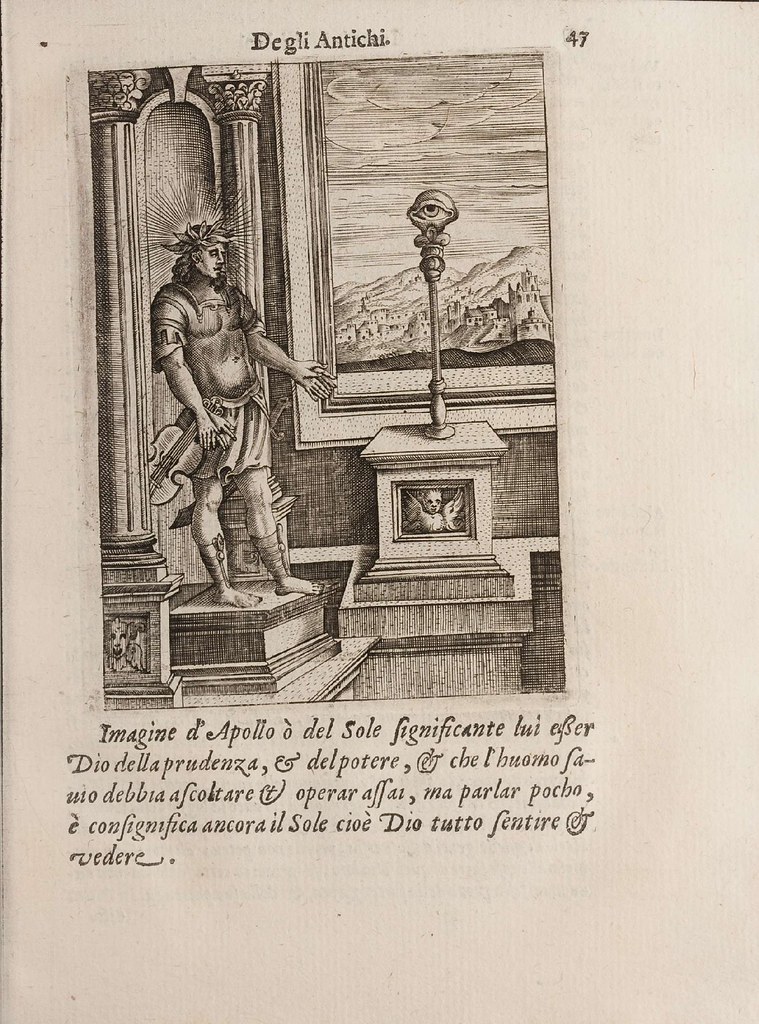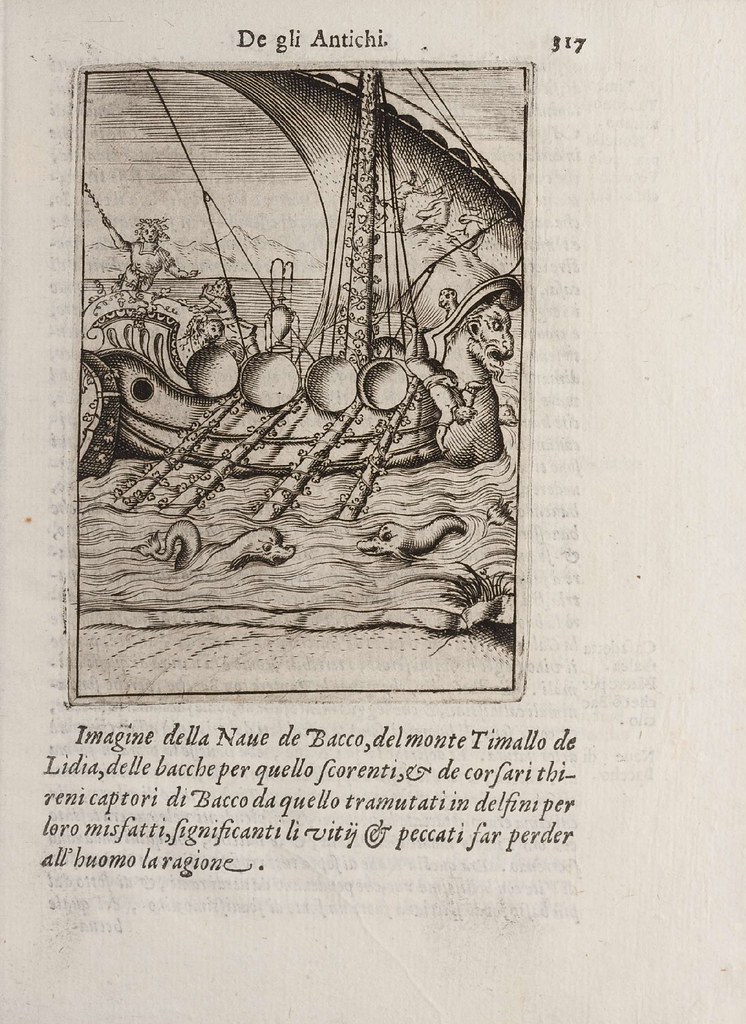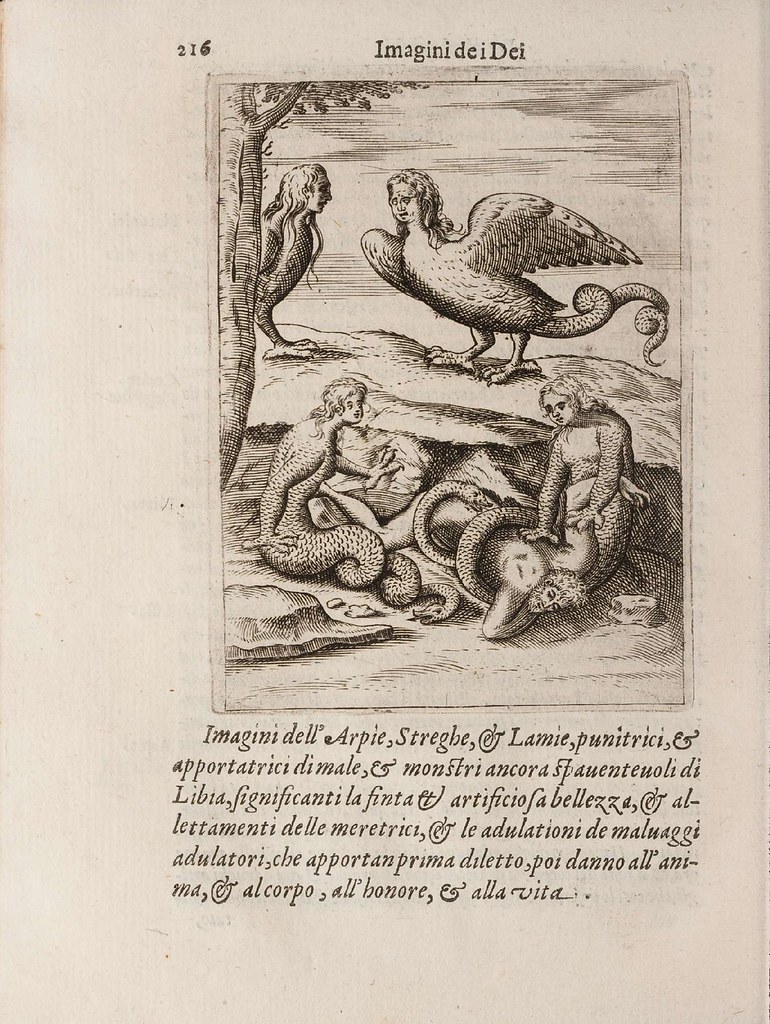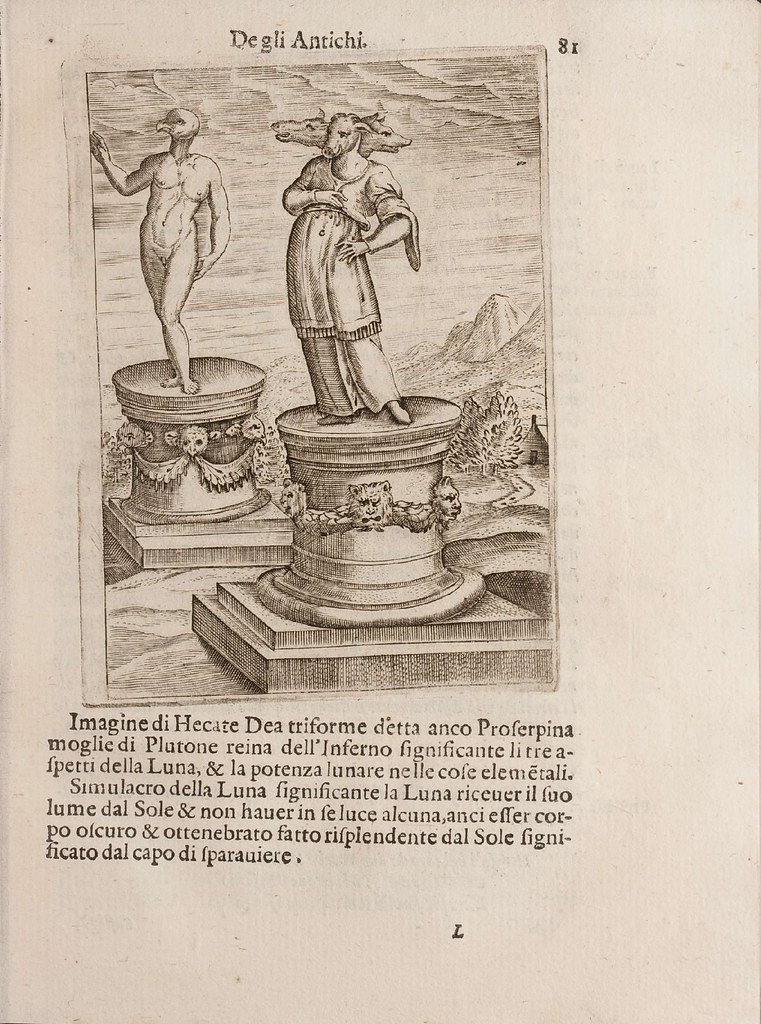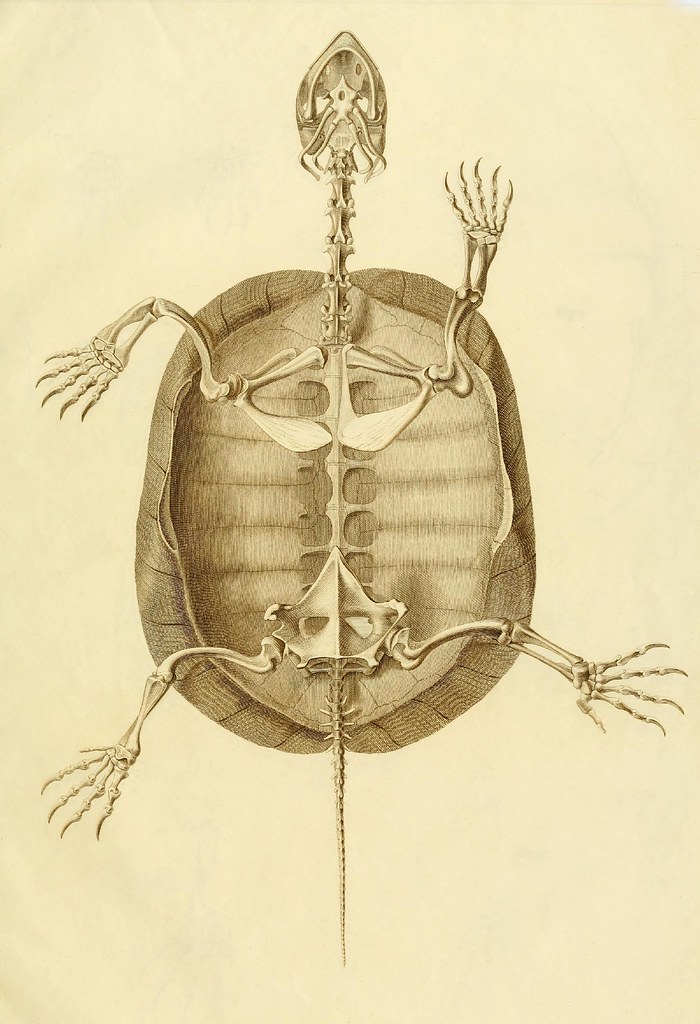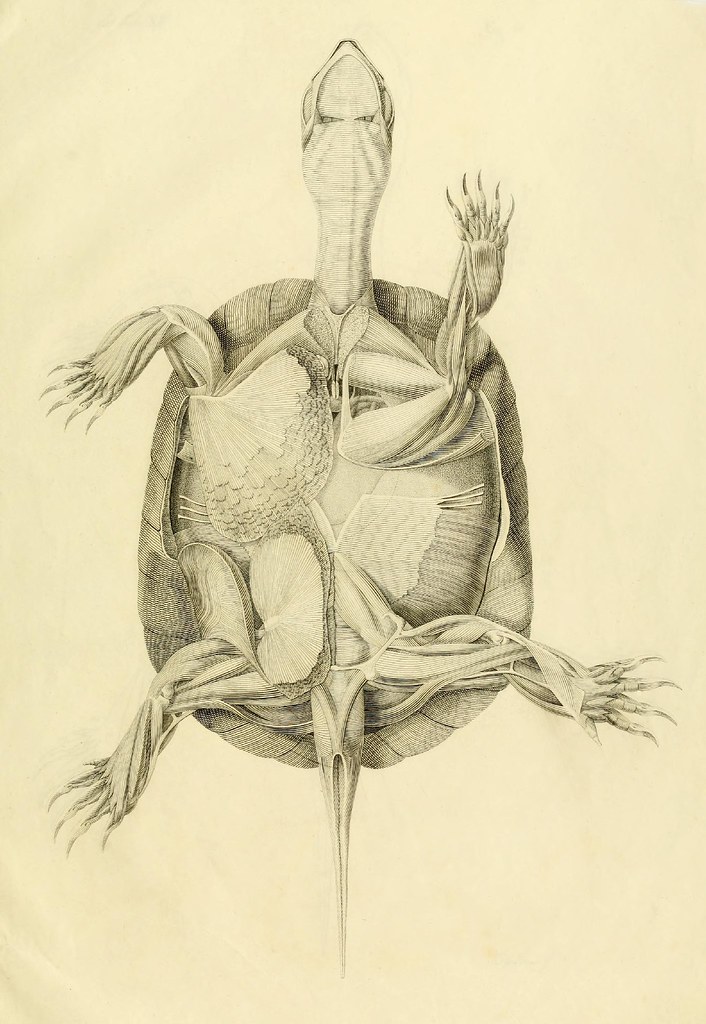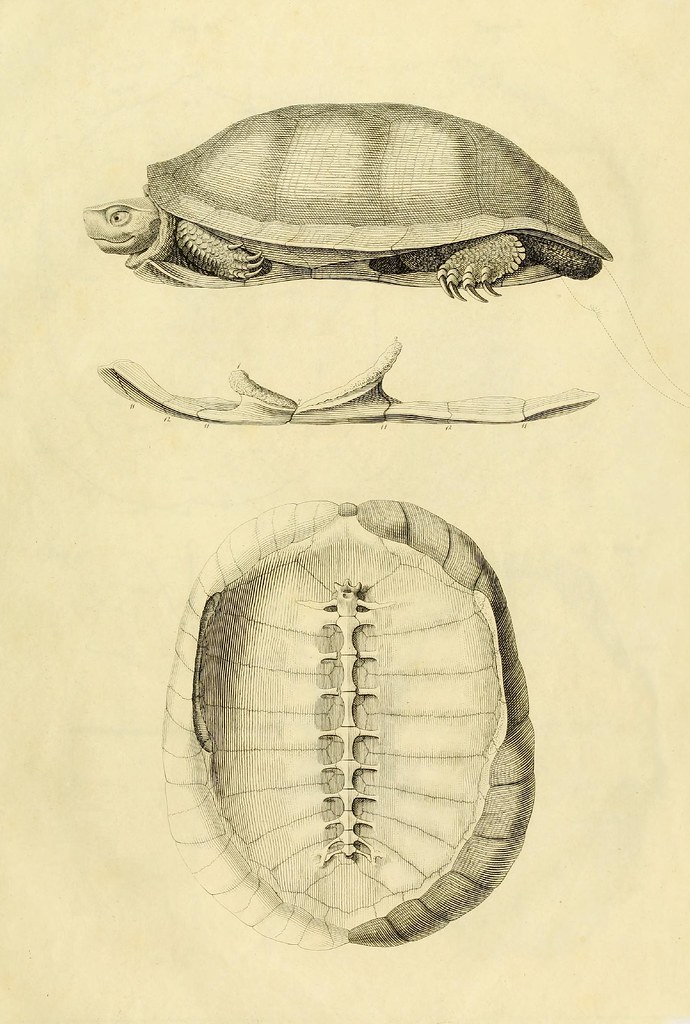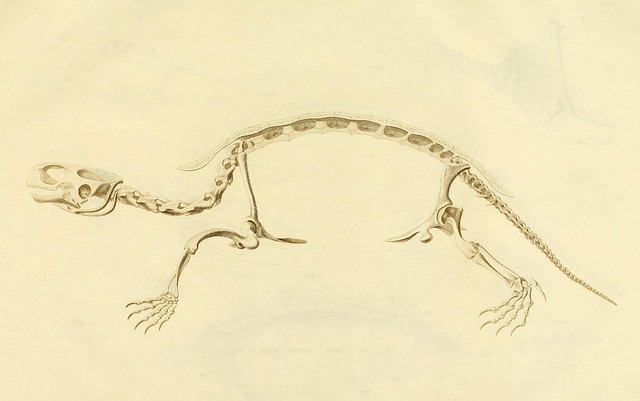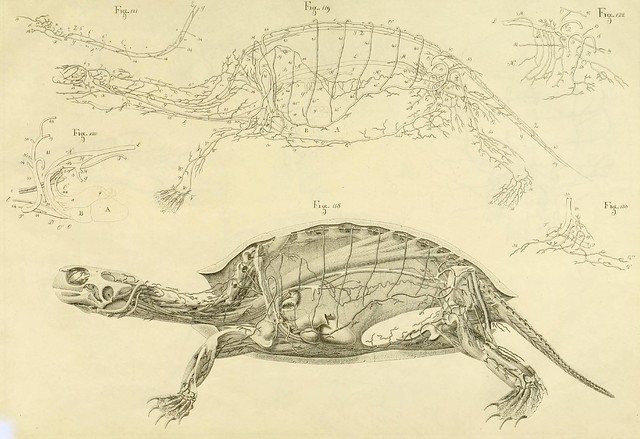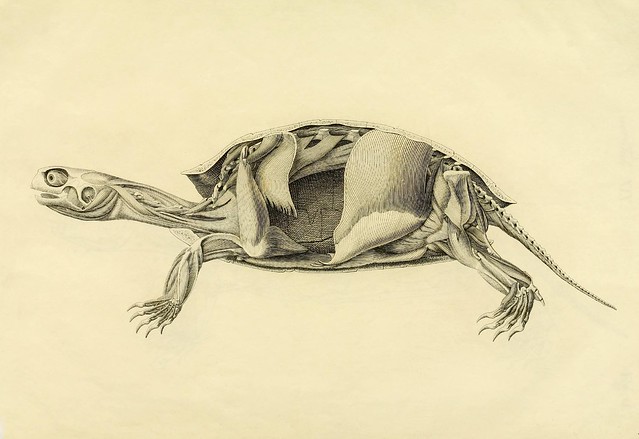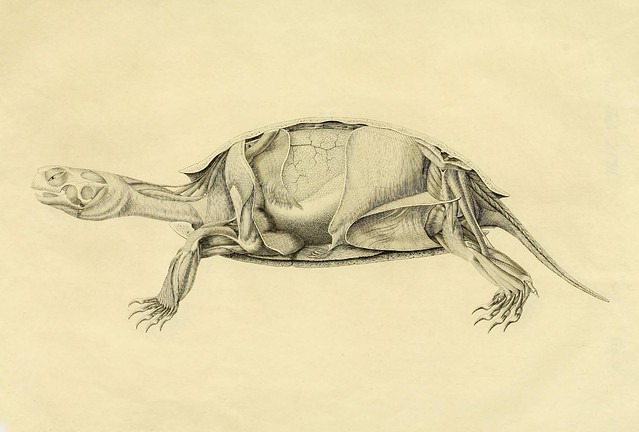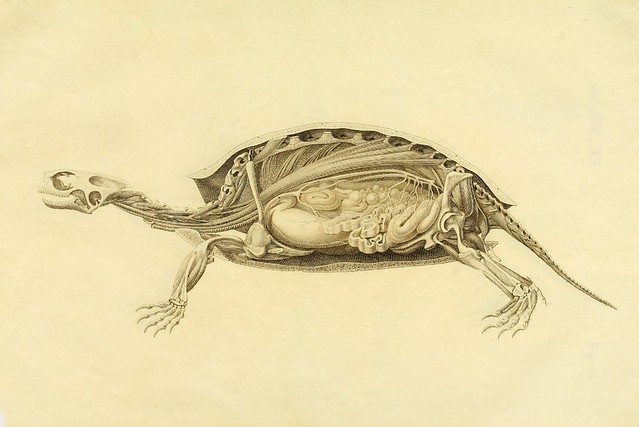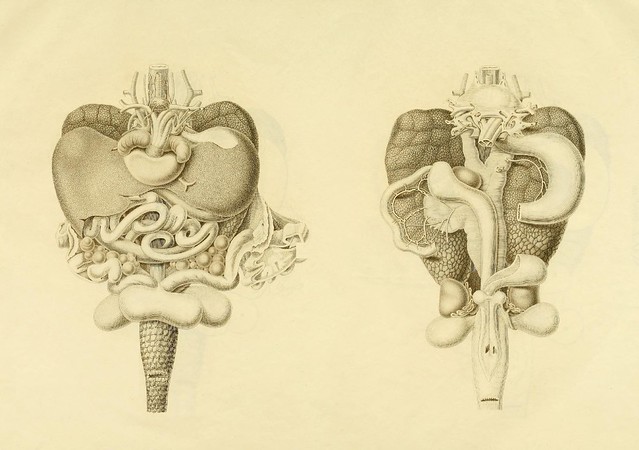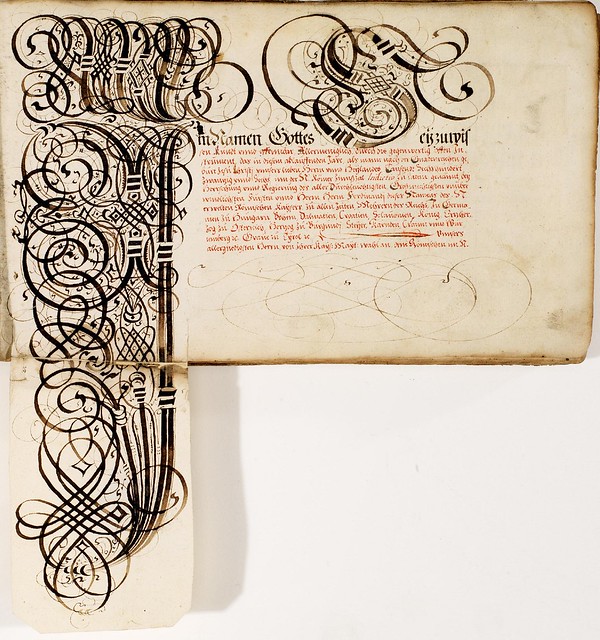


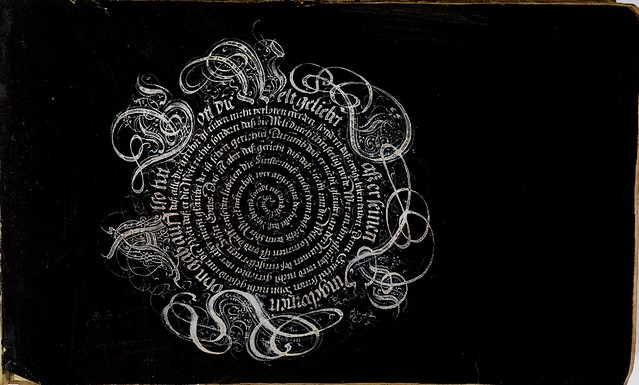
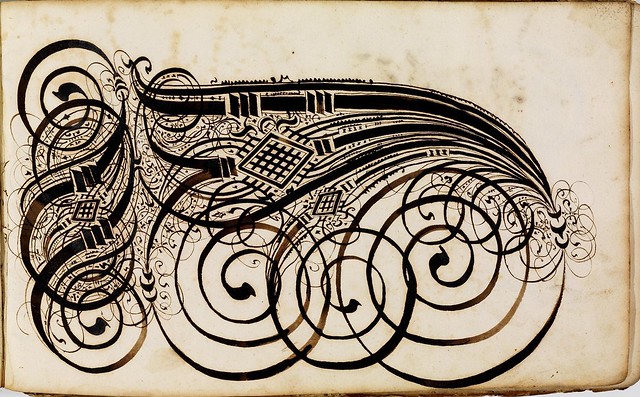
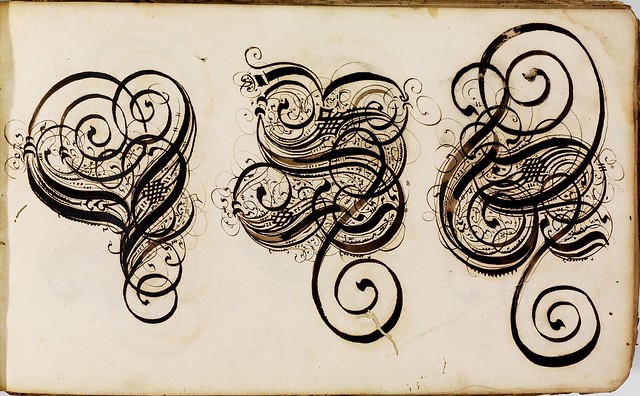
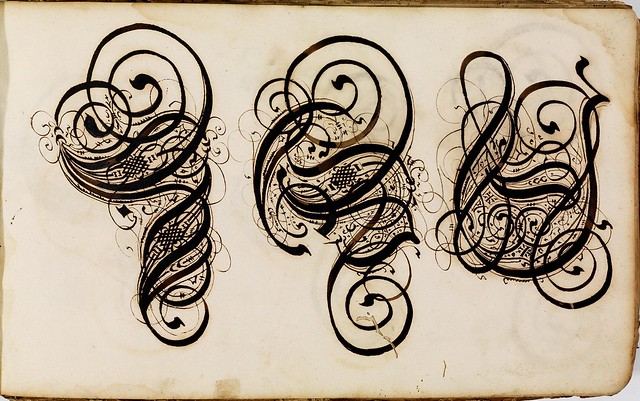

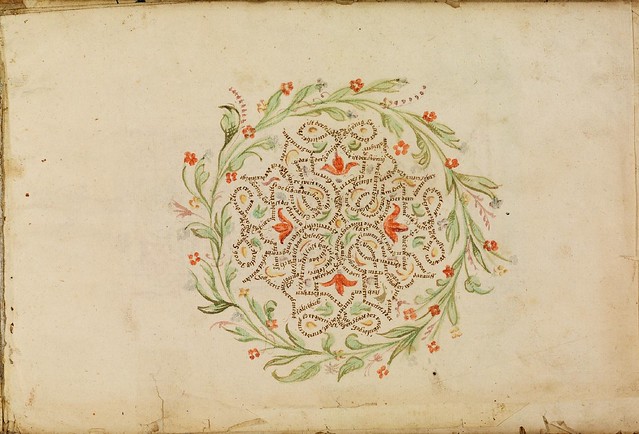
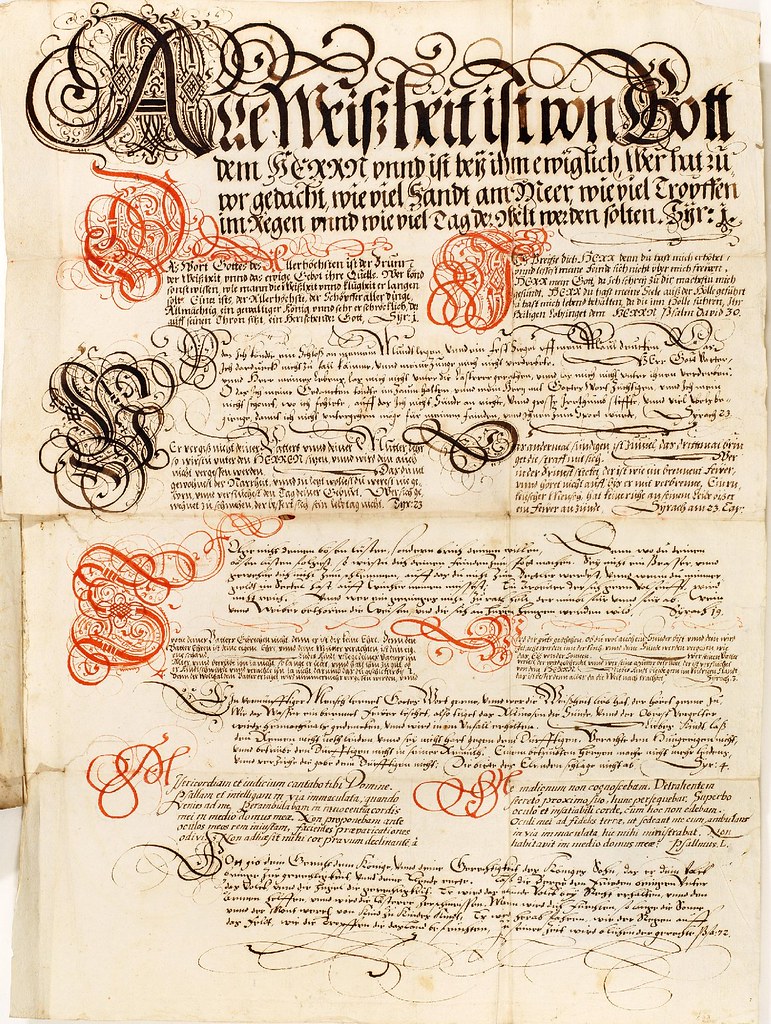
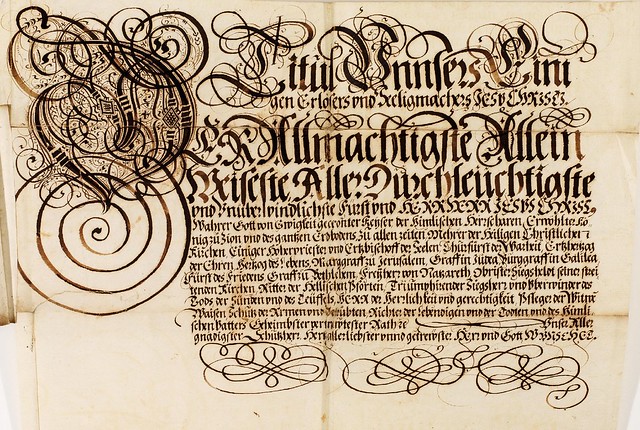

Johann Hering (?1580-1647) compiled his album of elaborate calligraphic letterforms, innovative type arrangements and traditional alphabets over a ten year period in the 1620s and 1630s in the Kulmbach region of Bavaria. (Or it was produced sometime during this time frame: it's not clear)
I tend to believe - and I may well be wrong - that Hering's album is more along the lines of a practice manuscript for himself rather than being a true copybook or modelbook* for educational purposes. The majority of the writing is in German (with occasional Latin) and many of the written pages are obviously copied from the bible, particularly the Book of Psalms.
[*Modelbooks: see here & here]
There is next to nothing by way of commentary online about either Hering's life or the background to his amazing album. He is simply described as a 'writing master'. A number of published books are attributed to Hering - most or all on the type/font arts - and one of his handwriting manuals was apparently republished in German in 1982 (although I didn't actually find much of a trail online).
- Johann Hering's 80-page 'Kalligraphische Schriftvorlagen' is regarded as one of the treasures of the Bamberg State Library (I think it has only recently been uploaded)
- Worldcat Identities entry.
- CERL Thesaurus entry.
- Worldcat entry for 'Das Schrift- und Kunstbüchlein' (1982 republication)
- Previously: calligraphy (something of a catch-all phrase, as are most of the thematic bookmarks at Delicious - that include post summaries - relating to the BibliOdyssey blog)
- Luc Devroye's giant page of calligraphy & type design resources.



